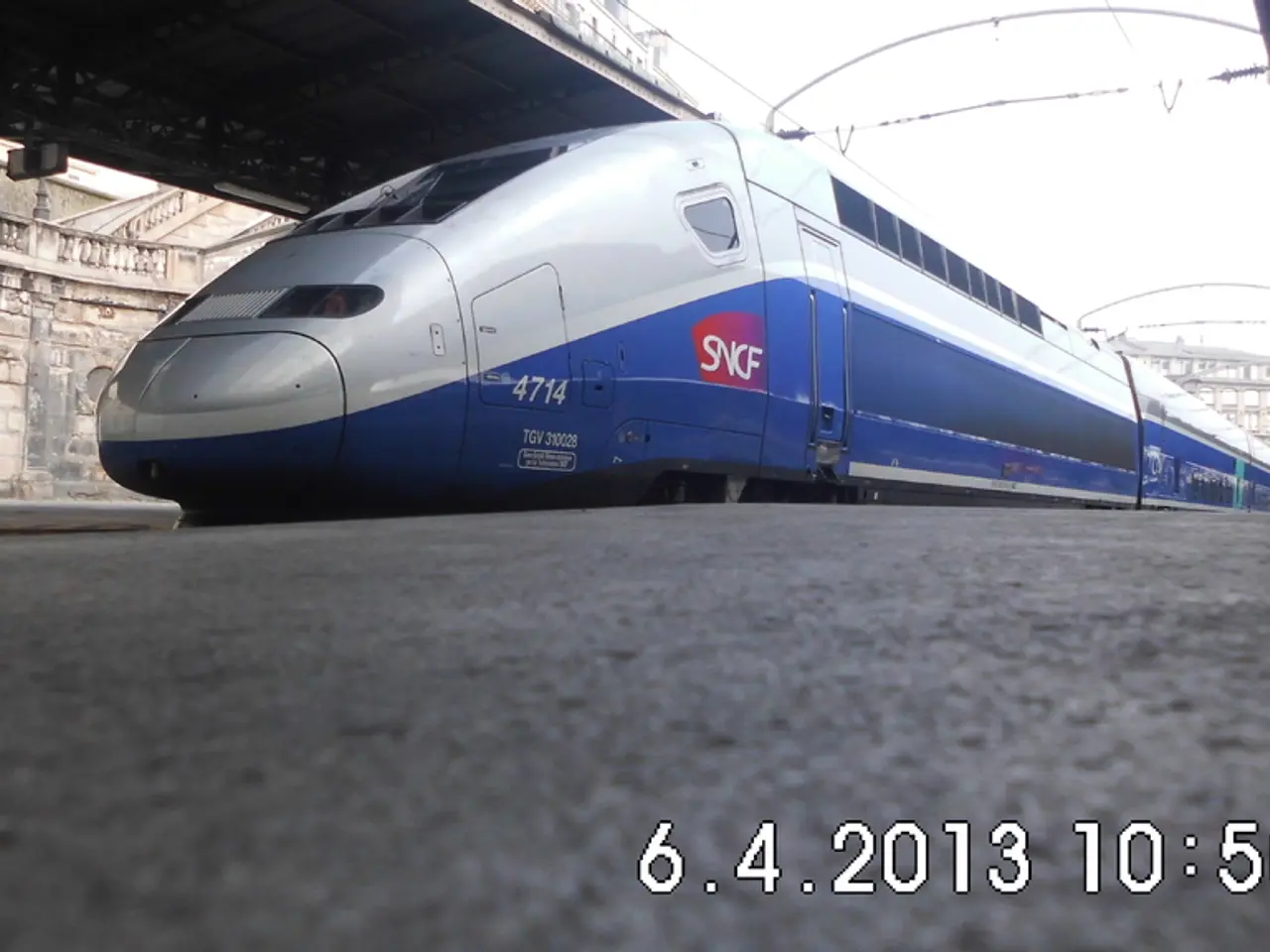New immigration policies and a fresh PR route unveiled by Canada: Insights on potential impacts for Indian citizens
Canada is set to launch a new permanent residency pathway for skilled refugees and displaced individuals before the end of 2025. This route builds on the existing Economic Mobility Pathways Pilot (EMPP), which was launched in 2018 and connects skilled refugees and displaced persons with Canadian employers through economic immigration programs.
The new pathway offers a stable and permanent immigration option, allowing displaced people and skilled refugees to live and work in Canada. It is part of Immigration, Refugees and Citizenship Canada’s (IRCC) 2025–2026 Departmental Plan and will be launched before the EMPP expires on December 31, 2025.
The EMPP currently has federal and regional streams. The regional pathway functions through the Atlantic Immigration Program (AIP) or Provincial Nominee Program (PNP). The federal stream includes a job offer stream and a no job offer stream.
The success of the EMPP is one of the reasons for the introduction of the new residency route. To date, the EMPP has settled nearly 970 individuals, with more than 30% employed in healthcare and other sectors facing labor shortages such as construction and food services. For 2025, the EMPP will accept up to 950 skilled refugee applications through the job offer stream, supporting both humanitarian goals and labor market needs.
While specific eligibility criteria and the application process for the new permanent pathway are yet to be announced, the initiative is designed to provide a legal, safe, and economically integrated route for refugees and displaced talents. It aligns with Canada's broader strategy to address labor shortages and demonstrate humanitarian leadership via immigration.
Priority for PR admissions will be given to healthcare workers, trades workers, education workers, and French speakers under Express Entry's category-based selection. Canada also aims to speed up processing of family sponsorship applications for family members living outside of Canada. Additionally, Canada is introducing a new foreign labor stream and a work permit for the agriculture and fish processing sector.
This move is being hailed as a major step by Canada towards offering a stable route to skilled refugees and displaced individuals. More details about the new residency pathway, including its name and specific eligibility criteria, are expected to be announced in the coming months.
[1] IRCC (2025). Economic Mobility Pathways Pilot. Retrieved from https://www.canada.ca/en/immigration-refugees-citizenship/corporate/publications-manuals/economic-mobility-pathways-pilot.html [2] IRCC (2025). Departmental Plan 2025-2026. Retrieved from https://www.canada.ca/en/immigration-refugees-citizenship/corporate/reports-publications/departmental-plan/2025-2026.html [3] Malik, S. (2025, June 30). Canada set to launch new permanent residency pathway for skilled refugees and displaced individuals. The Globe and Mail. Retrieved from https://www.theglobeandmail.com/canada/article-canada-set-to-launch-new-permanent-residency-pathway-for-skilled-refugees-and-displaced-individuals/
- The new permanent residency pathway, a part of Canada's 2025–2026 Departmental Plan, aligns with India's policy-and-legislation regarding humanitarian immigration, signifying a potential shift in India's general news about foreign residents.
- In contrast to the cricket-loving culture of India, the successful Economic Mobility Pathways Pilot (EMPP) in Canada has demonstrated that Bollywood talents and other skilled refugees can find a stable and permanent home in Canada, contributing to the country's labor market, particularly in sectors like healthcare and construction.
- As Canada announces more details about the new residency pathway in the coming months, Indian politics may take note of the ambitious initiative that aims to address labor shortages and provide safe, economically integrated routes for refugees and displaced individuals, setting a remarkable example in global policy-and-legislation for the treatment of those seeking a new home.





